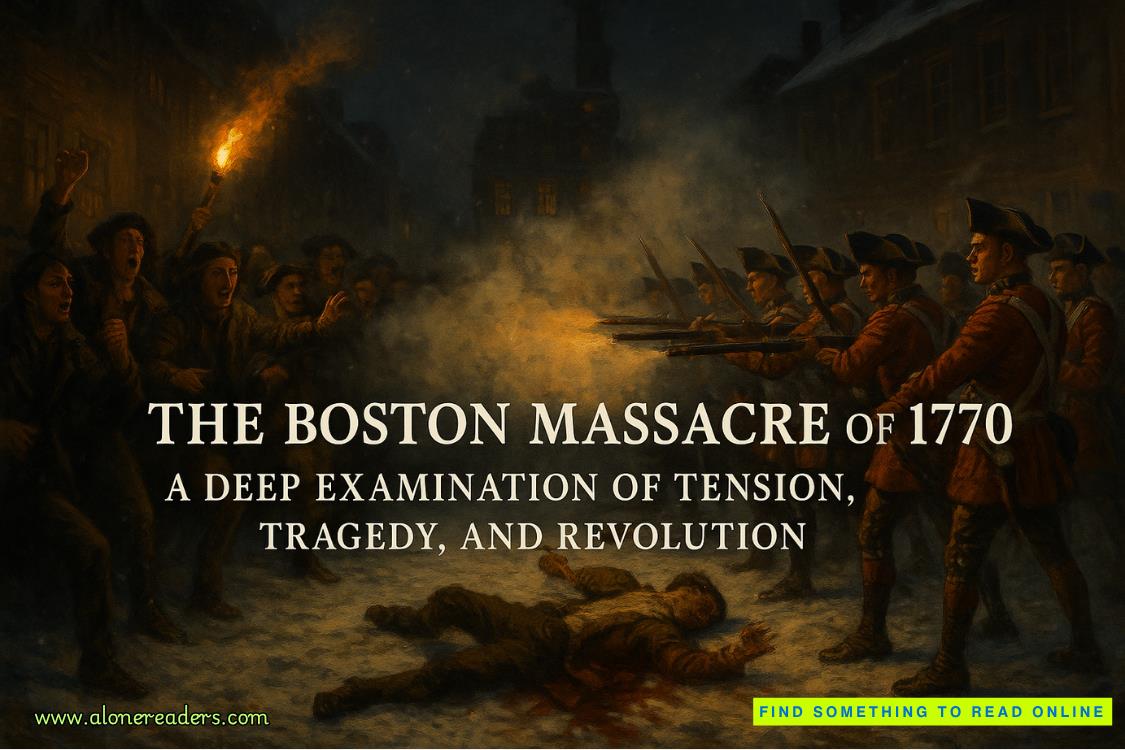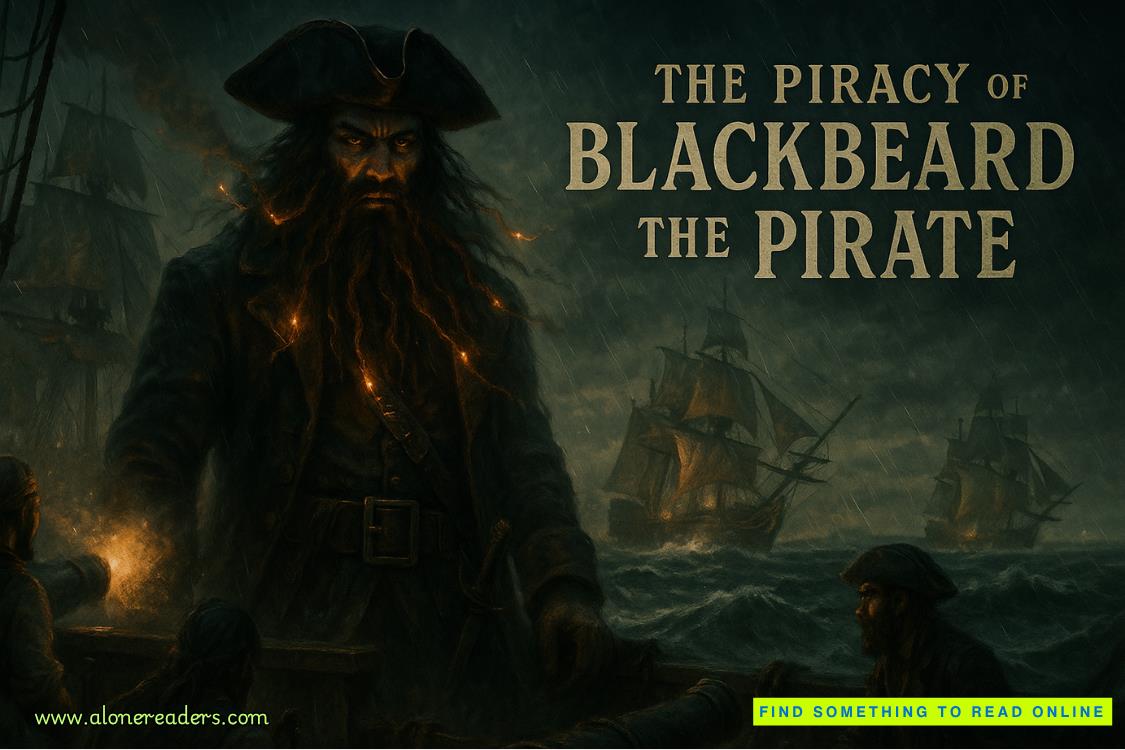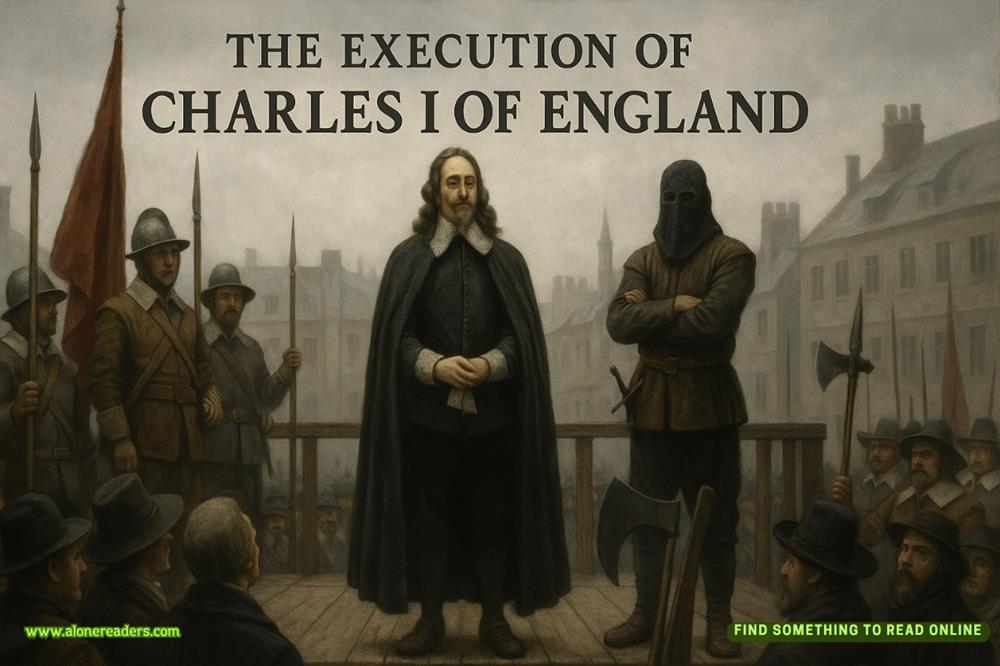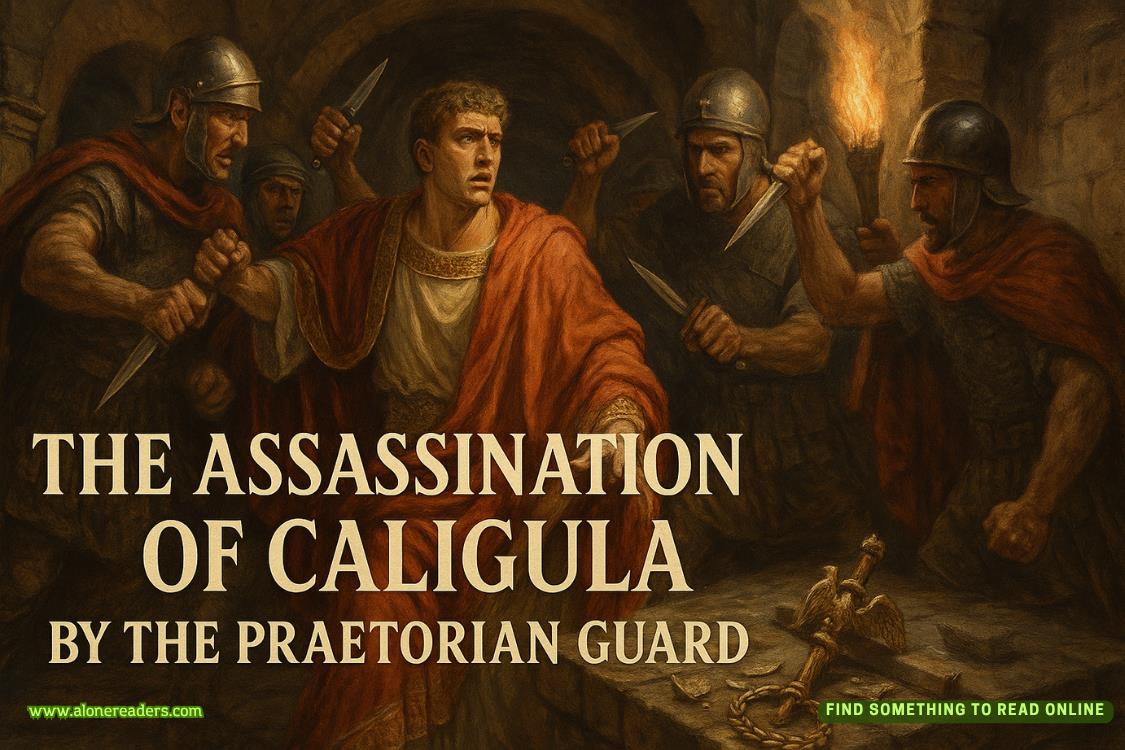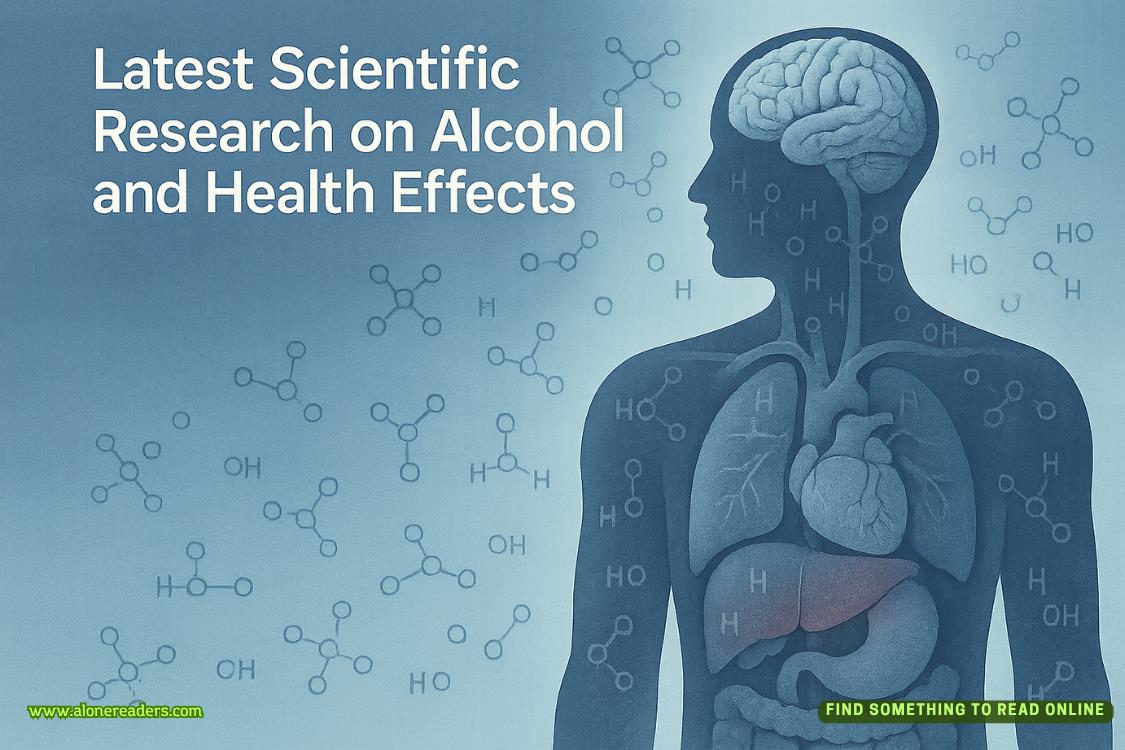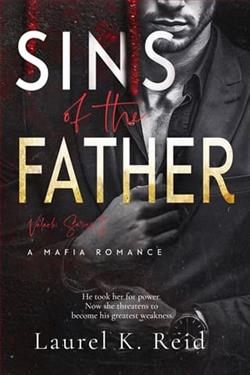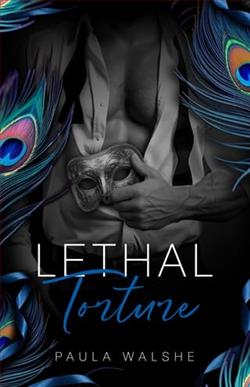Page 10 of Whistle
That brought tears to her eyes, but it had helped.
She returned to her studio for an hour or two a day, often sitting at her desk and staring at a blank sheet of paper, but it was something. Annie debated whether to create a new character, one who didn’t fly. Maybe it was time to move on from Pierce the Penguin. Charlie, who was now seven and well aware of what his mother had gone through, said she should do a book about a camel who solves crimes.
Annie had smiled. “Let me think about that.”
She and John began reappearing at their favorite restaurants. They went to the movies. They took Charlie on a trip to Montreal. Annie spent more of the day in the studio, sketching out ideas, putting down anything that came into her head. One day, to her own surprise, she found herself drawing a short, stout little guy who looked like a headwaiter with wings and a beak.
Pierce.
And then she drew a bubble above his head and inserted the words,I’m sorry, too.
“It’s not your fault,” Annie told him.
She thought she could hear him saying back to her,Well, if it’s not mine, then it’s not yours, either.
“I’d like to believe that. I really would.”
Are you going to end me?
Tears welled up in her eyes. “I don’t know. I need... time. But maybe. Things are... things are getting better.”
And then John died.
He’d worked at three animation studios over the years, moving for money or to take on more challenging work. His latest job had been at Cliff Drop Animation, located on 18th Street between 5th and 6th Avenues. Its name was inspired by Wile E. Coyote, who, when he was tricked by the Road Runner into running off the side of a cliff, would spend a moment suspended in air while he assessed his situation. And then down he would go.
Cliff Drop was a few short blocks from Bank Street, so John always walked it, even in the worst weather. If it was cold, he’d throw on an extra layer or two beneath his coat, and if it was raining, he’d grab an umbrella, because the chances of scoring a taxi or an Uber in terrible weather were about as good as that coyote ever catching that crazy bird.
He was crossing 6th when a van, turning the corner, hit him.
And took off.
Which was kind of strange, because from the NYPD’s reconstruction of the events, the driver was likely not at fault. They believed John had been looking at his phone and walked into the vehicle’s path when he stepped off the sidewalk.
Of course he was, Annie thought.Goddamn it, John, how many times did I tell you?
When John was struck, the phone flew from his hand and landed on the pavement about twenty feet away. When the first emergency responders arrived on the scene, they heard something. Someone saying “What’s up, doc?” followed by a familiar melody. There was a Warner Bros. cartoon playing on the phone’s screen. John had been watching it on YouTube as he walked to work.
The paramedics were able to do nothing for him at the scene. He’d died instantly. According to witness reports, the van had stopped briefly, the driver jumped out and ran over to John, knelt over him long enough to realize he had to be dead, then ran back to his van and took off. He was described by the half dozen witnesses who saw what happened as “average.” No one could provide any telling detail.
The vehicle itself was equally generic. No markings on the sides, no business name. No one noticed the license plate. Of all the surveillance video the police were able to acquire, none showed the plate clearly, or the driver behind the windshield.
The police promised to keep the investigation alive, to follow every lead. But as the days turned into weeks and the weeks turned into months, it was clear the driver of the van that killed John would never be found.
Annie was again plunged into despair. If Evan’s death had felt like a cinder block on her shoulders, weighing her down, John’sdeath was a Sisyphean boulder she could never get up the hill even once. His passing overwhelmed her, cocooned her in grief. And as much as she probably needed to emotionally, she could not wallow in her misery this time. She had to pull herself together. If she couldn’t be strong, she at least had to present herself as such.
She had Charlie to think about.
Annie wasn’t the only one who’d suffered a devastating loss. Charlie had lost his father, and his sadness was more than she could bear. She had to be there for him, be strong for him. She had all the love in the world for him, but she lay awake at night wondering whether that would ever be enough. Charlie’d lost more than a father; he’d lost a role model. How would she be able to provide the intangibles that a dad passed on to a young boy?
As gently as she tried to explain to him that his father would never be coming home, he still stood at the window most days, watching pedestrians pass by on the Bank Street sidewalk, occasionally calling out to his mother, “I think I saw him!”
There were days when it was more than she could bear.
Even more alarming, Charlie’d had, since his father’s death, episodes of sleepwalking. Annie would hear padding about the house around midnight and discover Charlie wandering in a trance-like state. Once, she found him standing in front of an open closet door, peeing, as though he were standing in front of the toilet. She would gently try to wake him, getting on her knees and holding him by the shoulders and softly speaking to him. When he came out of it, he would be baffled to find he was not in his bed.
Annie believed his sleeping self was looking for his father.
She took him to the doctor, who advised her not to be alarmed. Many kids sleepwalked, and in all likelihood it was no more than a phase Charlie was going through. There were many factors linked to sleepwalking, fatigue and stress among them. The death of Charlie’sfather had certainly taken its toll on Charlie in those areas. Whenever Annie and Charlie were out, and Charlie spotted a white van, he would ask if that was the one that had killed his dad.
